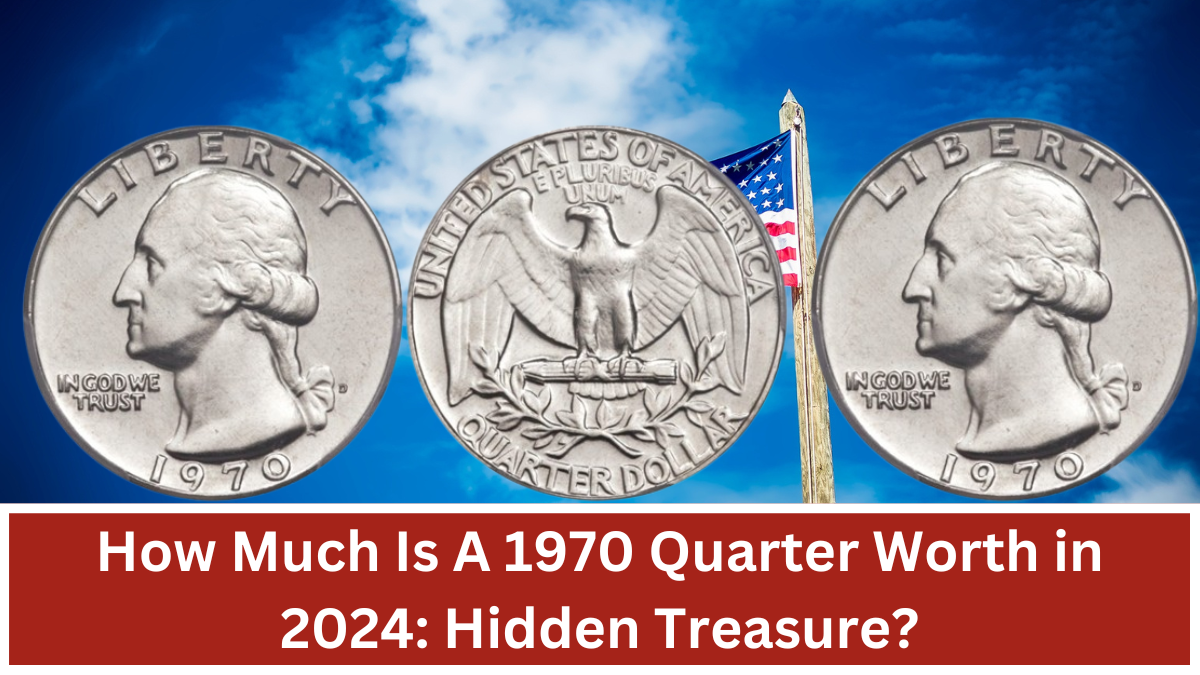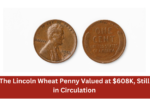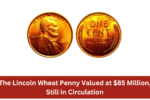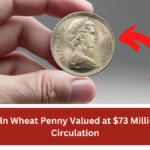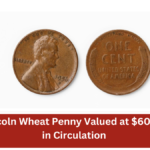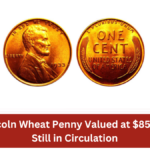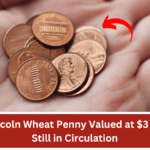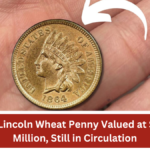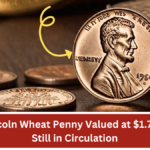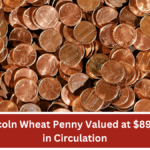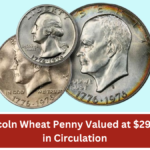The 1970 quarter, which features the iconic image of George Washington, is a significant coin for both collectors and investors. Understanding its current value requires knowledge of its minting details, condition, and market demand. In this article, we will explore how much a 1970 quarter is worth in 2024, examining different factors that influence its value.
Overview of the 1970 Quarter
The 1970 quarter is part of the Washington quarter series, which was first minted in 1932. The 1970 coin is particularly noteworthy because it was struck during a time when the U.S. was transitioning away from silver coins. Here are some key details about the 1970 quarter:
- Mint Mark: The 1970 quarter is available with several mint marks: P (Philadelphia), D (Denver), and S (San Francisco).
- Composition: The standard 1970 quarter is composed of copper and nickel, with no silver content. However, the San Francisco mint produced a special proof version which does contain a higher quality finish.
1970 Quarter Factors Influencing Value
The value of a 1970 quarter can vary based on several factors:
- Condition: The grading of the coin significantly impacts its worth. Coins are graded on a scale from 1 (poor) to 70 (perfect). Higher grades, such as uncirculated or proof conditions, can command higher prices.
- Mint Mark: Coins from different mints can have varying values. For example, the San Francisco mint coins often fetch higher prices due to their limited production.
- Market Demand: The overall demand for quarters from the 1970s can fluctuate based on collector interest and market trends.
1970 Quarter Worth in 2024
As of 2024, the value of a 1970 quarter can range significantly based on the factors discussed. Below is a table summarizing the approximate values for different types and conditions of the 1970 quarter:
| Coin Type | Mint Mark | Condition | Approximate Value |
|---|---|---|---|
| Standard Quarter | P | Circulated | $0.25 – $0.50 |
| Standard Quarter | D | Circulated | $0.25 – $0.50 |
| Standard Quarter | S | Circulated | $0.50 – $1.00 |
| Standard Quarter | P | Uncirculated | $1.00 – $2.50 |
| Standard Quarter | D | Uncirculated | $1.00 – $2.50 |
| Standard Quarter | S | Uncirculated | $3.00 – $6.00 |
| Proof Quarter | S | Proof | $5.00 – $10.00 |
Conclusion
In summary, the value of a 1970 quarter in 2024 can vary widely, ranging from as little as 25 cents for circulated coins to several dollars for uncirculated or proof versions. Collectors and investors should carefully consider the coin’s condition, mint mark, and current market trends when determining its worth. As with any collectible, doing thorough research and seeking expert advice can help maximize the value of your 1970 quarter.
FAQ
What is the value range of a 1970 quarter?
The value typically ranges from 25 cents for circulated coins to $1.00 to $6.00 or more for uncirculated or proof versions.
How do I determine the condition of my 1970 quarter?
Condition is graded from 1 to 70. Check for wear and luster; circulated coins show signs of use, while uncirculated coins do not. Professional grading can provide an accurate assessment.
What is the material of a 1970 quarter?
Most 1970 quarters are made of copper and nickel with no silver content. The San Francisco proof version (marked “S”) has a higher-quality finish.
How does the mint mark affect value?
The mint mark (P, D, or S) influences value; San Francisco mint coins are often more valuable due to limited production and higher collector demand.
Where can I sell my 1970 quarter?
You can sell it through online marketplaces, local coin shops, coin shows, or auctions. Research current values and consider a professional appraisal for a fair price.
